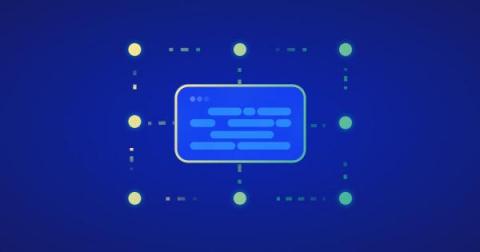Snyk-generated SBOMs now include license details for the open source libraries in your projects
We’re excited to announce that SBOMs (software bill of materials) generated by Snyk's tools will include license information! This new capability is part of our ongoing efforts in our Software Supply Chain Security solution. The developer-first tools in the solution help you gain a better understanding of your app’s supply chain, identify potential risks, and take the necessary steps to get ahead of them.











